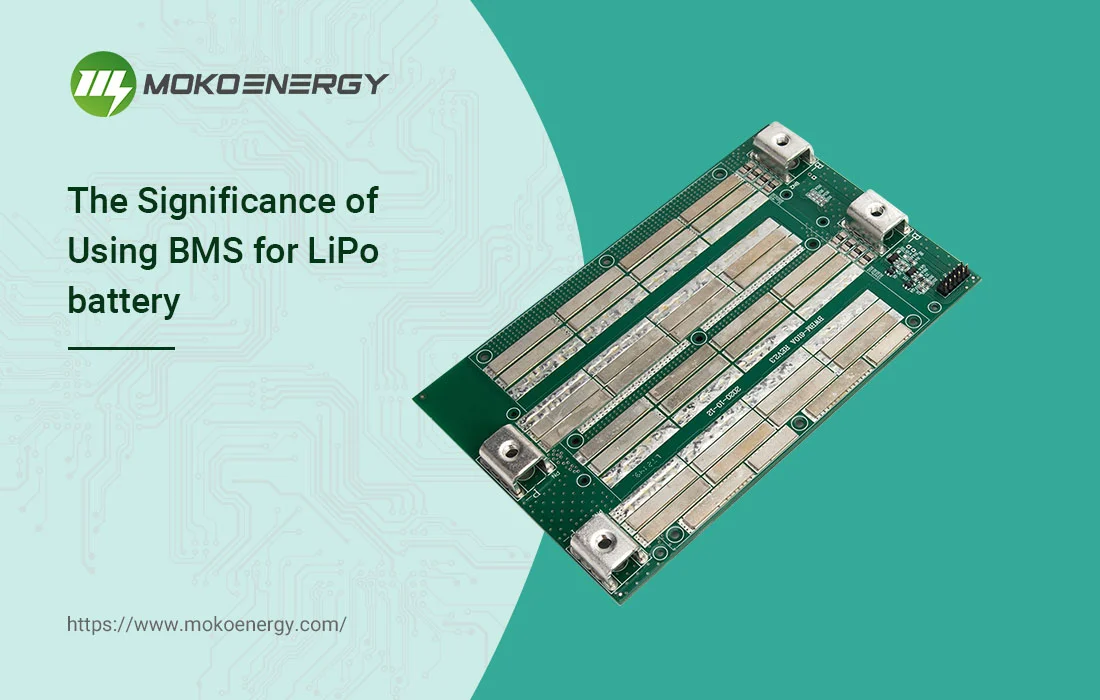Generally, a Li-ion battery typically has a built-in BMS or serves as a charger. Determining whether Li-ion batteries are equipped with a BMS can be somewhat challenging, as the BMS is frequently an integral part of the battery pack and may not be externally visible. However, there are several basic ways to infer the presence of a battery management system for lithium ion battery:
- Check the battery specifications: First, check the battery’s specifications and documentation provided by the manufacturer. Look for any mention of a built-in BMS in the battery’s technical details or in the owner’s manual. Manufacturers often emphasize the presence of BMS as a safety and performance feature.
- Check the battery housing: Check the appearance of the battery pack. Some lithium-ion batteries with a built-in BMS may have add-ons visible on the outside of the battery case, such as wires, connectors, or small circuit boards. These components can indicate the presence of BMS.
- View battery functions: Consider the features and functions of the battery. Batteries with BMS typically provide protection against overcharge, over-discharge, short circuit, and temperature management. If the battery advertises these protective features, it may have a BMS.
MORE: Is a BMS required for parallel connection of identical 6S LiPo batteries?



